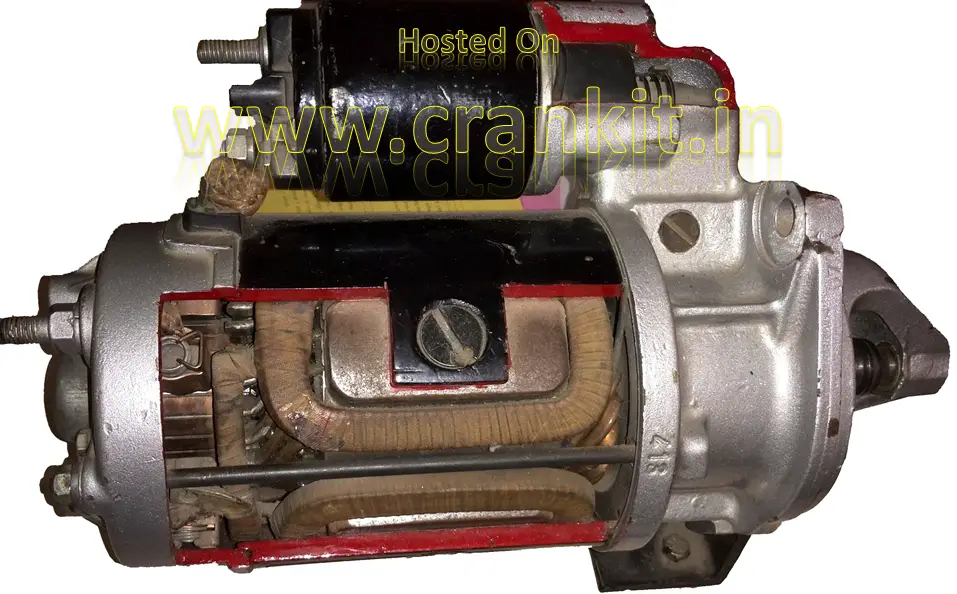What Are The Reasons The Engine Doesn’t Start:
Several reasons your car or bike’s engine doesn’t start. We can split these into issues related to the electrical system, fuel system (Petrol / Diesel), or a mechanical breakdown inside the engine.
The troubleshooting diagnosis for petrol and diesel engines differ from each other. In this article, we look at common problems and solutions as to why petrol and diesel engines don’t start.
Troubleshooting Guide: Engine doesn’t start (Fuel system, for both petrol and diesel):
Let’s look at the common problems and solutions in the fuel system when the engine doesn’t start.
Problem |
Solution |
| No fuel: Seriously? If the fuel meter doesn’t work correctly or is faulty, you may not know if there is enough fuel to start the engine. For example, if the fuel meter needle is at the bottom-most position, it means there is insufficient fuel. Similarly, the meter is faulty if it sticks at the top-most position. | Refill at least 1 liter of fuel in case of a bike and 5 liters in case of a car if you can’t see any reading on the fuel meter. |
| Water in fuel tank: This happens during the rainy season. If for any reason, water seeps into the fuel tank and thereby into the fuel system, your engine may not start. | Remove the fuel tank and empty the contents thoroughly. Then, refill with fresh/clean fuel. You may also need to remove and clean injectors or carburetors as the case may be. |
| Choked Fuel filter/fuel pump failure: | Replace the fuel filter element as recommended by the manufacturer. Replace the fuel pump. |
| Restricted Airflow: An engine doesn’t start because of restricted airflow to the engine. It may be because of obstructions such as dry leaves in the front grill air vent or a choked air filter. | Remove obstructions in the air intake ducts. |
| Choked air-filter. | Remove the air filter element, and clean / replace it as the manufacturer recommends. |
Note the lights on the dashboard. If the ‘check engine’ light remains on, there is some issue with the engine management system. In that case, you may need to approach a competent person.
Troubleshooting Guide: Engine doesn’t start (for Diesel Engines):
| Fuel Injection Pump (FIP) Solenoid: If the connection to the solenoid snaps, which actuates the fuel supply to the FIP, the diesel engine doesn’t start. | Connect the wire to the FIP solenoid and secure firmly / Replace the blown solenoid fuse. |
| Choked injectors: If your engine’s injectors are clogged, the engine doesn’t start. The carbon deposits on the injector tips and blocks them. Thus, it results in improper/inadequate injection. | Remove and clean the injectors. Check for correct injection pressure. |
Troubleshooting Guide: Engine doesn’t start (Electrical system):
Let’s look at the common problems and solutions in the electrical system when the engine doesn’t start.

| The battery doesn’t have enough charge: If your car/bike’s battery goes down below 9 volts, it may not start the engine. A battery must supply at least 10 volts to crank the engine. | Recharge the battery. |
| Battery cable loose: If your car/bike’s battery cable is loose, it may not start the engine. In this case, when you turn on the ignition switch, you may hear a clicking sound. | Tighten the battery terminals adequately. |
| Battery terminals eroded: After prolonged use, the battery terminals get eroded, resulting in weak current output. | Remove the battery terminals and clean. Apply petroleum jelly to prevent erosion. |
| Worn contact points of starter motor: The starter motor requires a high voltage current. If the solenoid contact points of the starter motor wear, then it may not be able to pass the current needed to crank the engine. In this case, when you try to start, you may hear a chattering sound. | Remedy: Remove the starter motor and rub the contact points with emery paper/sandpaper to remove high spots. |
| Weak or NO spark: If the spark plug of your car or bike is worn out or spoiled, then the spark may not have the strength required to ignite the fuel. The unburnt fuel/oil particles accumulate in the air gap between spark plug terminals, resulting in weak / no spark. | Clean / replace the spark plug as the case may be. Additionally, maintain the air gap as recommended by the manufacturer. |
| Blown fuse: | Check for blown ignition fuse and replace it. |
Troubleshooting Guide: Engine doesn’t start (mechanical components):
| Choked silencer: If the silencer/exhaust tail-pipe is clogged or has some obstruction, the engine also doesn’t start. | Remove any obstruction in the tail-pipe and clean. |
| Mechanical breakdown inside the engine: There could be multiple reasons for the mechanical breakdown of the engine, such as the seizure of pistons, broken valves, bent connecting rods, broken pulleys, etc. | A poorly maintained engine may cause such mechanical failures. Thus, it needs a thorough inspection and analysis of the engine to determine the exact nature of the cause. |
